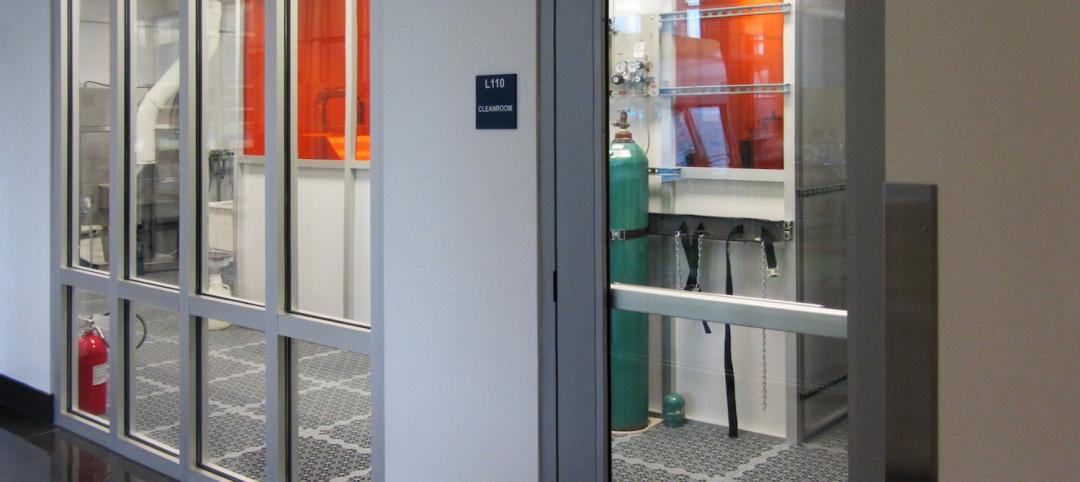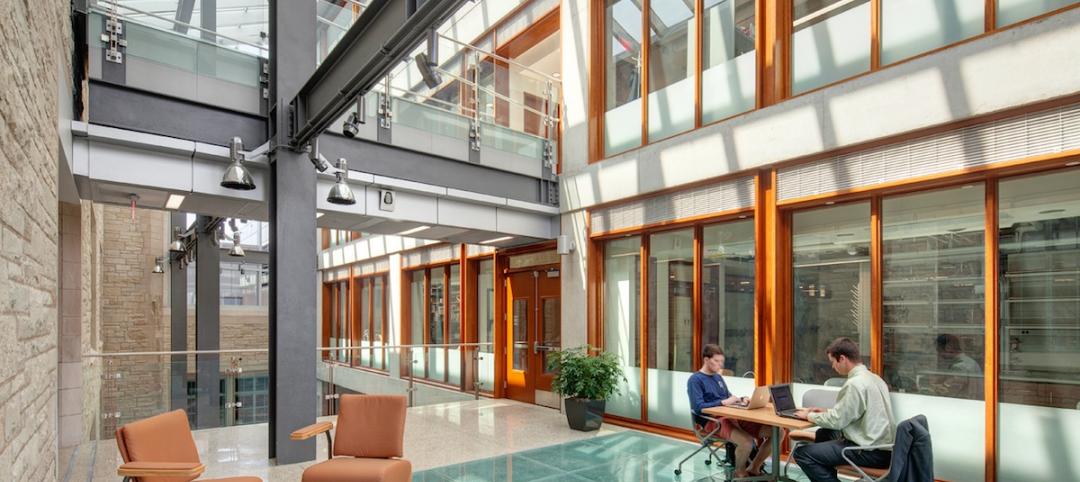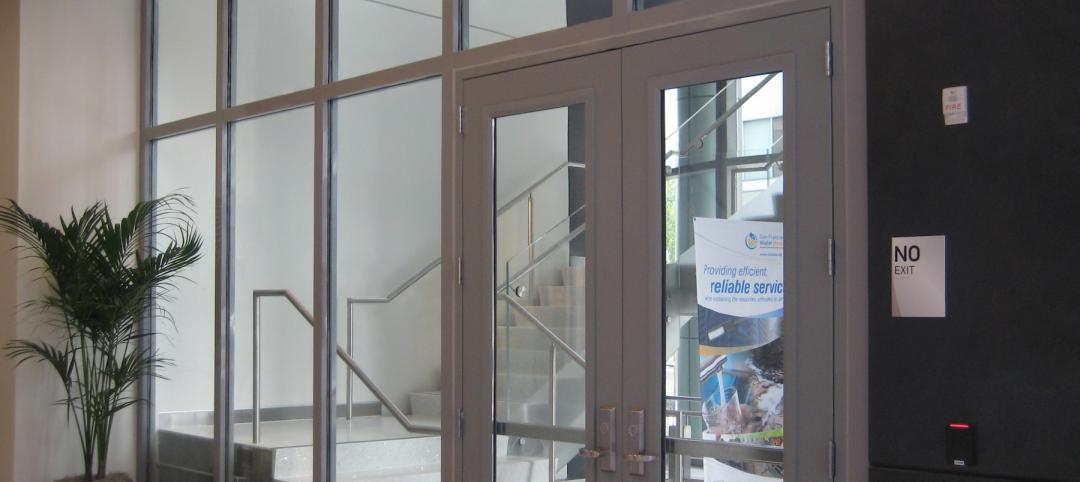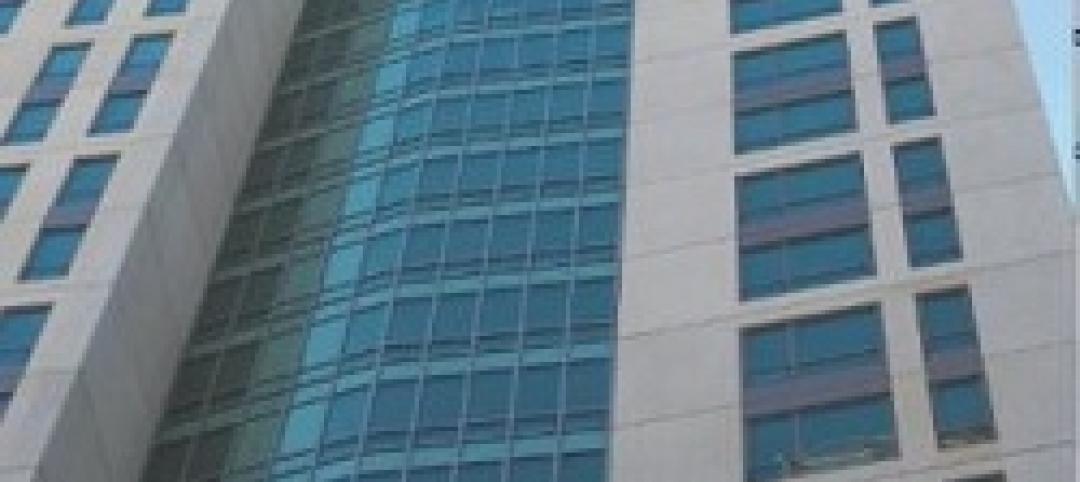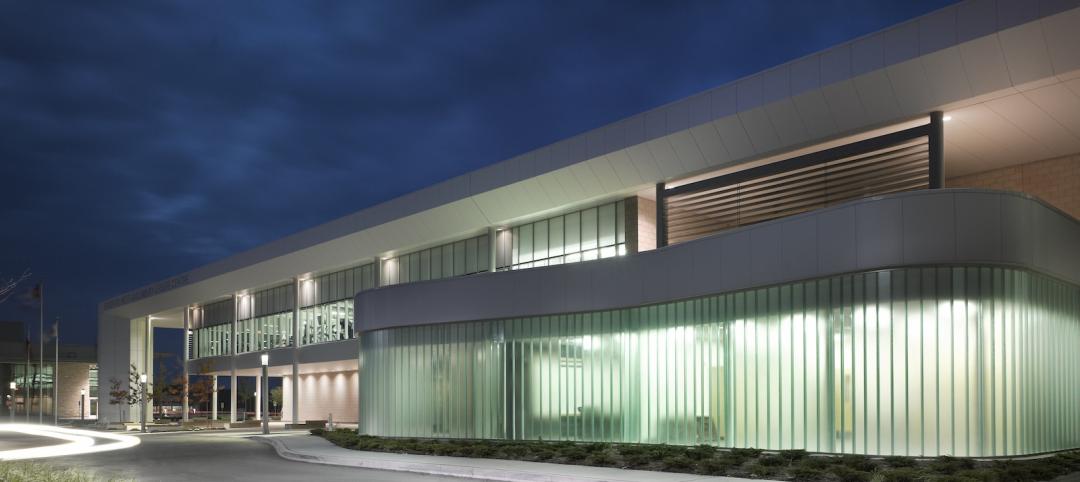For architects looking to design sustainable buildings—especially in healthcare—smart technologies and renewable energy might be top of mind. But often overlooked, and perhaps the most important to get right from the outset, is designing an energy-efficient building enclosure.
“The sexy things are solar panels and windmills on your roof and vegetative roofs—and those are cool things—but the best bang for your buck is to make the building envelope as efficient as possible right from the beginning,” says Gale Tedhams, director of sustainability at Owens Corning. “The building envelope is your foundation for good energy efficiency.”
Since there are no real do-overs with the building envelope in any market sector, it’s important that AEC teams carefully plan their designs and select the right products. With the added goal of meeting at least one of the many green building certifications and standards in the industry, this process becomes more complex.
Architects looking for products created with sustainable materials can seek out Greenguard, Living Product Challenge, and Cradle to Cradle Material Health certifications, among others. Architects that are designing sustainable healthcare facilities can also turn to resources like the Green Guide for Healthcare, which offers tools and guidelines for designing green healthcare buildings.
Tedhams says at Owens Corning, building science experts are available to help builders navigate sustainability questions and figure out what the right solutions are for their specific projects and desired outcomes. The company also produces environmental product declarations (EPDs) that lay out the materials, certifications, and environmental impacts of products. “We make sure that we have the documentation and the transparency information for our products that's going to meet the needs of the criteria for a wide range of building programs,” Tedhams said.
Along with environmental impacts, sustainable building standards account for the impact of buildings on the health and well-being of occupants. Building envelopes play a significant role in this, as factors like indoor air quality and ventilation, acoustics, daylighting, and fire resistance are all of concern, especially in healthcare facilities where health is a priority.
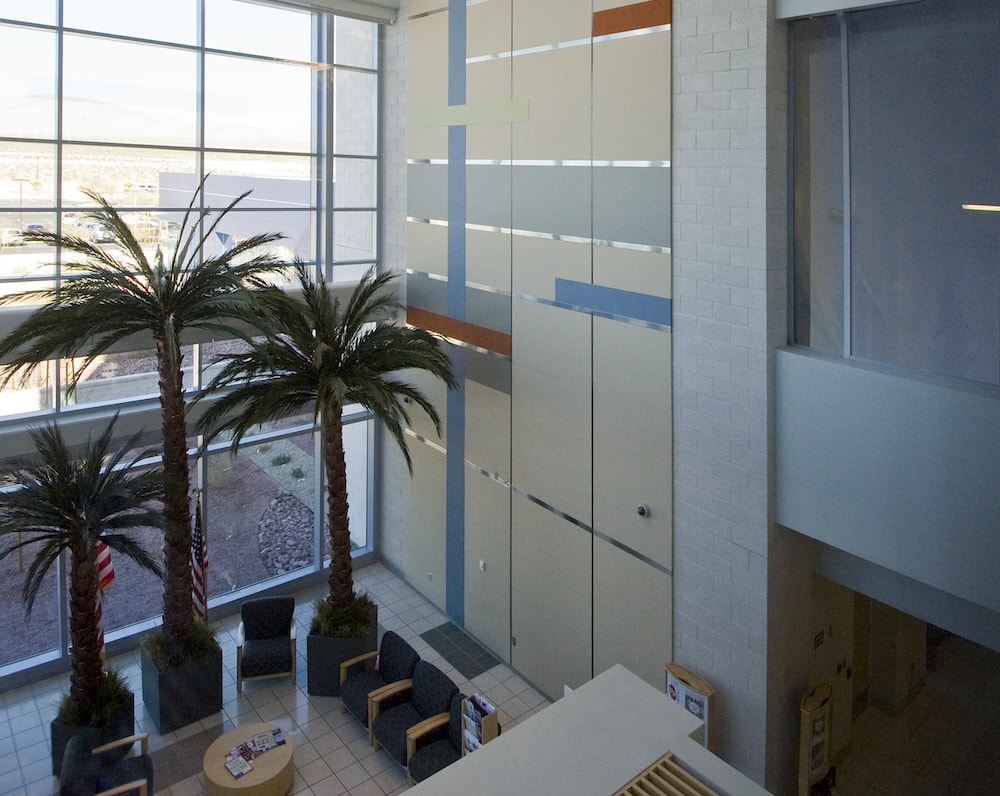
From LEED to the Living Building Challenge to WELL, each sustainable building standard sets its own requirements for indoor air quality, acoustics, and thermal comfort. LEED v4 for Building Design and Construction has comprehensive requirements for air quality, which cover entryway systems, filtration, interior cross-contamination prevention, and more.
The LEED guideline also outlines rules for low-emitting materials, which must meet 100 percent of the compliance threshold in the area of building envelope materials. For healthcare buildings, there are additional requirements, including that batt insulation products can’t contain any formaldehyde.
LEED also offers LEED for Healthcare, which generally mirrors regular LEED requirements while tailoring guidelines to the unique demands and regulations of healthcare buildings. Areas of concern unique to this design sector include 24/7 operations, patient privacy, chemical use, and infection control requirements.
WELL has around 29 separate guidelines relating to air quality alone, with delineations for areas including microbe and mold control, healthy entryways, humidity control, air infiltration management, and toxic material reduction.
Similar to LEED, WELL’s guidelines limit the presence of formaldehyde in building materials. Companies like Owens Corning are expanding their offerings to provide additional formaldehyde-free options. Last year, the company introduced the first formaldehyde-free mineral wool insulation for the North American market, Thermafiber® SAFB™ Formaldehyde-Free. In 2018, the company intends to further expand its formaldehyde-free mineral wool product offerings.
“Our formaldehyde-free product is especially appropriate to achieve green building standards because now it brings the fire safety aspect of mineral wool insulation combined with indoor air quality into the healthcare sector,” says Stephanie Maxson, product manager at Owens Corning.
The Thermafiber® formaldehyde-free line has the International Living Future Institute’s Declare label and Greenguard Gold certification. The line provides acoustical control, thermal performance, and fire protection while not introducing harmful chemicals into the air.
Ultimately, as the green building industry continues to grow, so will the need for products that help architects meet guidelines and performance goals for sustainable design. AEC teams looking to stay relevant can look to manufacturers for transparency information as well as online databases and green building guidelines to help make good choices for a sustainable world.
Related Stories
| May 27, 2014
Fire Rated Glass contributes to open lab environment at JSNN
Openness and transparency were high priorities in the design of the Joint School of Nanoscience & Nanoengineering within the Gateway University Research Park in Greensboro, N.C. Because the facility’s nanobioelectronics clean room houses potentially explosive materials, it needed to be able to contain flames, heat, and smoke in the event of a fire. SPONSORED CONTENT
| May 27, 2014
Contractors survey reveals improving construction market
The construction industry is on the road to recovery, according to a new survey by Metal Construction News. Most metrics improved from the previous year’s survey, including a 19.4% increase in the average annual gross contracting sales volume. SPONSORED CONTENT
| May 20, 2014
Kinetic Architecture: New book explores innovations in active façades
The book, co-authored by Arup's Russell Fortmeyer, illustrates the various ways architects, consultants, and engineers approach energy and comfort by manipulating air, water, and light through the layers of passive and active building envelope systems.
| May 20, 2014
Using fire-rated glass in exterior applications
Fire-rated glazing and framing assemblies are just as beneficial on building exteriors as they are on the inside. But knowing how to select the correct fire-rated glass for exterior applications can be confusing. SPONSORED CONTENT
| May 13, 2014
19 industry groups team to promote resilient planning and building materials
The industry associations, with more than 700,000 members generating almost $1 trillion in GDP, have issued a joint statement on resilience, pushing design and building solutions for disaster mitigation.
Sponsored | | May 3, 2014
Fire-rated glass floor system captures light in science and engineering infill
In implementing Northwestern University’s Engineering Life Sciences infill design, Flad Architects faced the challenge of ensuring adequate, balanced light given the adjacent, existing building wings. To allow for light penetration from the fifth floor to the ground floor, the design team desired a large, central atrium. One potential setback with drawing light through the atrium was meeting fire and life safety codes.
| Apr 25, 2014
Recent NFPA 80 updates clarify fire rated applications
Code confusion has led to misapplications of fire rated glass and framing, which can have dangerous and/or expensive results. Two recent NFPA 80 revisions help clarify the confusion. SPONSORED CONTENT
| Apr 8, 2014
Fire resistive curtain wall helps The Kensington meet property line requirements
The majority of fire rated glazing applications occur inside a building to allow occupants to exit the building safely or provide an area of refuge during a fire. But what happens when the threat of fire comes from the outside? This was the case for The Kensington, a mixed-use residential building in Boston.
| Apr 2, 2014
8 tips for avoiding thermal bridges in window applications
Aligning thermal breaks and applying air barriers are among the top design and installation tricks recommended by building enclosure experts.
Sponsored | | Mar 30, 2014
Ontario Leisure Centre stays ahead of the curve with channel glass
The new Bradford West Gwillimbury Leisure Centre features a 1,400-sf serpentine channel glass wall that delivers dramatic visual appeal for its residents.



